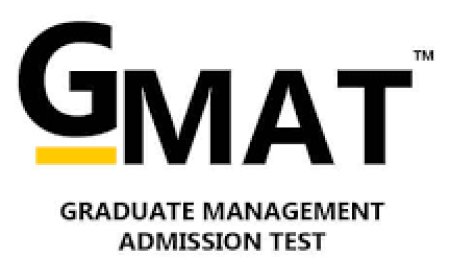Reduce Waste & Boost Profits with Smarter Vet Inventory Control
Walk into any high-volume veterinary hospital and you’ll likely find a common problem: stockrooms stuffed with expired meds, techs wasting time searching for supplies, and invoices bloated by overordering. At the same time, pet care remains the core focus, and the silent drain of poor inventory practices

Walk into any high-volume veterinary hospital and youll likely find a common problem: stockrooms stuffed with expired meds, techs wasting time searching for supplies, and invoices bloated by overordering. At the same time, pet care remains the core focus, and the silent drain of poor inventory practices chips away at efficiency and revenue daily.
The fix? More intelligent inventory control backed by real-time data, structured workflows, and automation. Not tomorrow. Now.
Why Inventory Mismanagement Costs More Than You Think?
Veterinary hospital inventory management is often overlooked amid daily operations, but inefficiency has ripple effects.
A 2024 survey from Veterinary Practice News found that clinics with outdated or manual inventory methods saw up to 18% higher monthly supply costs than those using structured digital systems. Poorly managed stock is not just about money. It also increases staff stress, compromises care continuity, and leads to client dissatisfaction.
Heres what that looks like in practice:
? A technician spends 20 minutes looking for an item that isnt in stock
? A patients treatment is delayed because the required product has expired
? Thousands of rupees worth of meds go unused due to overstocking
? A doctor misses billing for an item that was never recorded
Over time, these small leaks drain significant revenue.
What Does Smarter Inventory Control Look Like?
Modern veterinary hospital inventory management shifts control from cluttered clipboards to intuitive platforms. Think of it less as a spreadsheet upgrade and more as a command center for hospital operations.
Heres what it enables:
? Live tracking of stock: Know precisely whats on your shelves and how fast it moves
? Automated alerts: Restock only when its needed, not when its remembered
? Charge capture integration: Ensure every administered item gets billed
? Expiring soon notifications: Use it before you lose it
? Vendor comparison tools: Buy smart, not fast
The most efficient hospitals are no longer reactive. They're predictive.
Lets Break It Down with Data
Heres a snapshot of the operational difference between clinics using traditional vs. more innovative inventory systems:
|
Feature |
Manual Tracking |
Smart Inventory System |
|
Stock visibility |
Low |
Real-time |
|
Expired item rate (monthly avg) |
1215 items |
Under three items |
|
Time spent on inventory tasks |
1215 hours/week |
35 hours/week |
|
Missed charge capture |
High |
Very low |
|
Monthly supply savings |
Negligible |
1018% |
These arent marginal gains. They're transformative.
A Smarter System Isnt Just a Tool, But Its a Team Member
Think of more intelligent inventory control as an assistant that never forgets, never gets distracted, and never calls in sick. It flags waste, streamlines restocking, and protects margins without adding to your teams workload.
Veterinary hospital inventory management isnt just a backend chore anymore. Its now a central pillar of profitability, compliance, and clinical care. The longer clinics delay automation, the more waste piles up, literally.
Final Thought
Operational control can make or break your practice. Smart inventory isnt about hoarding or overordering. Its about timing, tracking, and trust.
A data-driven inventory system delivers savings and peace of mind for clinics ready to stop wasting time and money.



























